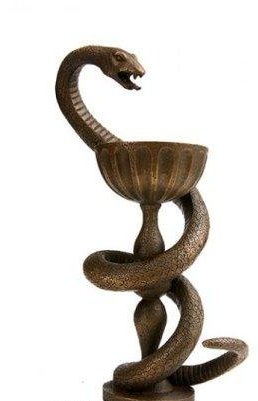What are Hemorrhoids?
Hemorrhoids (or piles are they are more commonly known) are simply the veins in your anus which have become distended (swollen with blood). This is very similar to varicose veins, where the vein becomes large and lumpy, only these veins are around the anus which makes it a bit more embarrassing.
The vein swelling can affect the part of the anal canal just above the sphincter where it is less well supported and protected causing Internal Hemorrhoids. Or it can affect the veins at the lower end of the canal causing External Hemorrhoids. Either of these types can exhibit the same kinds of symptoms and are generally quite uncomfortable in most cases.
Hemorrhoids affect approximately 50% of the population and appear to be distributed evenly across both male and females although anecdotally, it appears that pregnant women are quite susceptible to this condition.
What are the symptoms of Hemorrhoids?
There are a number of symptoms of Hemorrhoids which as is usual with most medical symptoms could be any one of a number of medical conditions. The best advice anyone could receive if they’re not sure, is to see a doctor as soon as possible. Some of the other conditions which have similar symptoms to Hemorrhoids range from things like threadworm and colon cancer. It is always best to go to your doctor and find out that you have nothing to worry about than to not go and only find out when the condition has become a lot worse than it could have been.
The main symptoms of Hemorrhoids are
Passing bowel movements are painful.
You have an itchy anus.
There are one or more painful or tender fleshy lumps in the anus area.
There is a feeling that your bowels are never empty.
Normally these symptoms are at worst uncomfortable and don’t stop you from conduction your day to day business. However, in a few rare situations, they can be very painful if they are associated with a splitting of the anus (known as an anal fissure).
What is the treatment for Hemorrhoids?
In most instances, Hemorrhoids can be treated successfully without any professional medical intervention. Despite that though, as I mentioned earlier, it is always best to consult a doctor if you’re unsure or the condition lasts for more than a couple of weeks.
Some examples of the treatment for hemorrhoids are to eat a lot of foods rich in fibre. This can help to prevent constipation which can aggravate the condition.
Closely related to constipation, is to avoid straining and to use soft toilet tissue. Then wash the area with warm water.
From all pharmacies, you should be able to buy some creams over the counter called Corticosteroids which contain a local anaesthetic and will soothe the pain and discomfort. They are not recommended for long term use though.
There are three other treatments which all require you to visit a medical practitioner.
The first is where a chemical is injected into the hemorrhoid which causes them to shrivel up.
The second way, is called Banding. Where a rubber band is placed around the base of the hemorrhoid. The Hemorrhoid then shrinks and eventually falls off.
The final option is surgery called hemorrhoidectomy which is only conducted very rarely as less traumatic methods named above are used. This option would normally be used on internal hemorrhoids which are very large.

